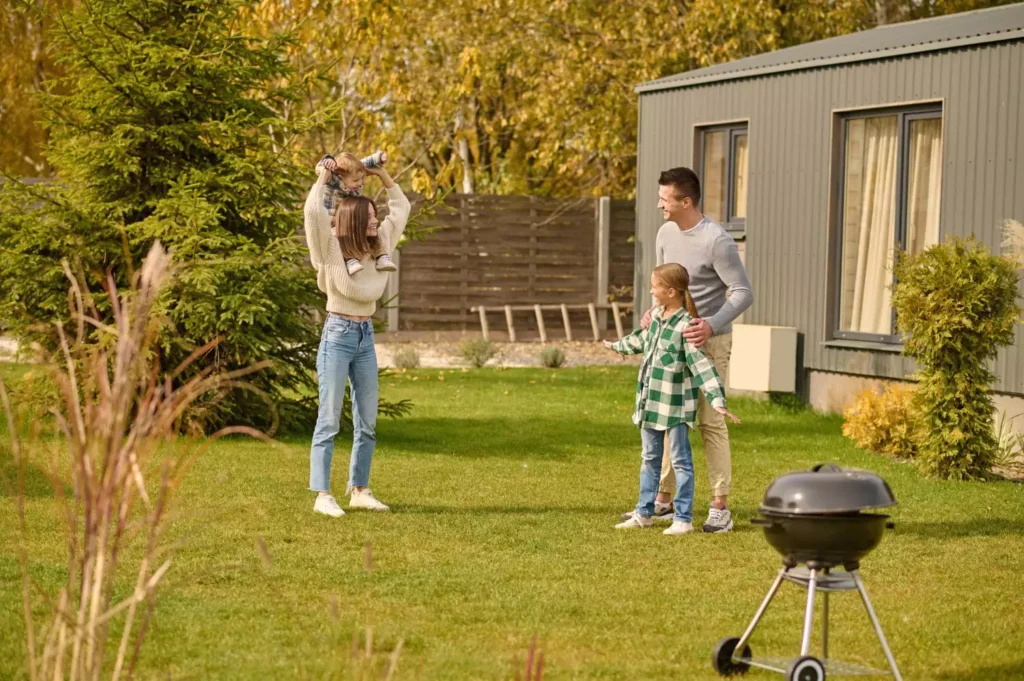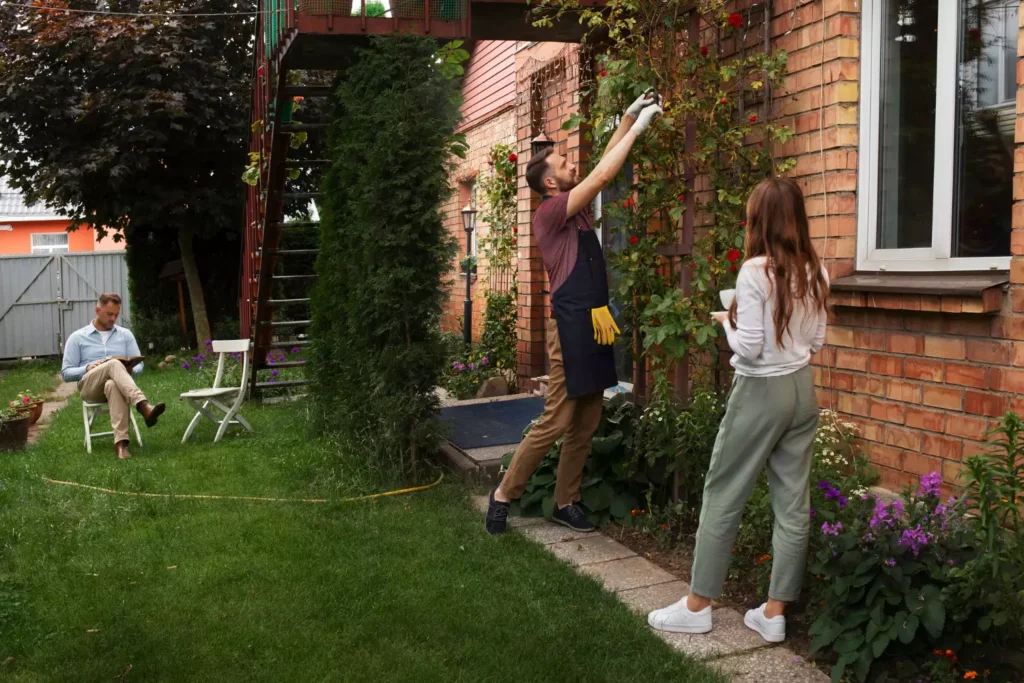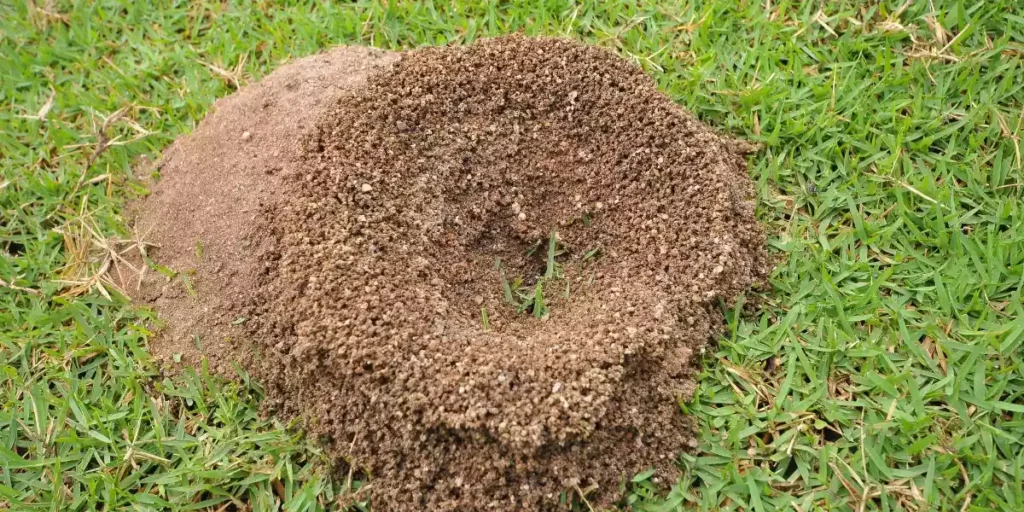Hey there! As someone who’s interested in gardening, you’ve probably heard about hydroponics. It’s a new and innovative way of growing plants without soil, which is gaining popularity among gardeners all over the world.
There are several types of hydroponic systems, and each one works differently, with its own set of pros and cons. To help you make an informed decision about which system to use, in this article, I’ll be introducing you to the different types of hydroponic systems you need to know.
From Nutrient Film Technique (NFT) to Aeroponics, I’ll explain how each system works and what makes it unique. So, let’s dive in and learn about the exciting world of hydroponics!
Nutrient Film Technique (NFT)
Let’s dive into the Nutrient Film Technique (NFT), a system that supplies plants with a thin film of nutrients and water through a channel. NFT is a low-waste, recirculating system that requires minimal to no growing media. The plants’ roots are placed in a channel, and a pump continuously moves the water throughout the channel, supplying the plants with the necessary nutrients.
However, a malfunction in the pumps can ruin the crop, and roots can overgrow and intertwine along the channel. Therefore, consistent monitoring is necessary, especially of environmental factors like water pH. NFT is an efficient method for growing plants like lettuce, herbs, and strawberries, but it may not be the most effective option for larger plants.
Moving on to deep water culture (DWC), another hydroponic system that is easy to maintain and consists of a reservoir filled with water and nutrient solution where the roots are submerged.
Deep Water Culture (DWC)
If you want a simple and effective hydroponic system that’s easy to maintain and requires minimal growing media, DWC is the perfect choice for you.
This system consists of a reservoir filled with nutrient-rich water where the plant roots are suspended. The roots are constantly submerged in the water, allowing for easy nutrient absorption and faster growth rates.
One of the main advantages of DWC is its ease of use and low maintenance requirements. This system is perfect for beginners or those who don’t have a lot of time to devote to their hydroponic garden.
DWC is also a highly efficient use of water and nutrients, as the water is recirculated and reused, minimizing waste and lowering costs.
In summary, DWC is a great choice for those looking for a low-maintenance, efficient hydroponic system. However, if you’re looking to grow larger plants or prefer a system without electricity, you may want to consider wick hydroponics.
Wick Hydroponics
Wick hydroponics is a low-cost and easy-to-maintain system that uses a wick to transport nutrients and water to the roots of smaller plants, making it a great option for beginners or those with limited time for their hydroponic garden. The wick is usually made of cotton or nylon and draws the nutrient-rich solution from the reservoir to the root system.
This system is ideal for smaller plants and herbs but may not be suitable for larger plants as the wick may not be able to provide enough nutrients. One of the advantages of the wick system is that it doesn’t require electricity or pumps, making it a more affordable option. It also doesn’t require much maintenance, making it an excellent choice for those who are new to hydroponic gardening.
However, failure to set up or maintain the integrity of the wick can lead to the death of the plants. Additionally, the wick system may not be effective for larger plants or extensive gardens, as the wick may not be able to reach all the plants.
Moving on to the next hydroponic system, the ebb and flow or flood and drain system is another popular method for growing plants hydroponically.
Ebb & Flow / Flood & Drain System
The ebb and flow hydroponic system, also known as the flood and drain system, is a popular method for growing plants. This system works by flooding the tray with nutrient solution on a cyclic schedule, creating a rhythmic flow of water that nourishes the plants and gives them the energy they need to grow.
Once the tray is filled, the solution drains back into the reservoir, where it is reused later. The ebb and flow system is suitable for growing nearly all types of plants, and it’s an efficient use of water and energy. However, it requires consistent monitoring, especially of environmental factors like water pH, to ensure that the plants receive the right amount of nutrients and water.
With this system, plants are not exposed to constant water, which can lead to root rot and other issues. But, the drip hydroponic system is another popular method for growing plants. With this system, plants are held in a separate channel, and a pump continuously moves the water throughout the channel. This system offers greater control over the schedule of feeding and can be inexpensive and highly effective for commercial spaces.
Drip Hydroponics
Let’s dive into the drip hydroponic system, a popular and effective way to grow plants in nutrient-rich water. In this system, plants are held in a separate channel, and a pump continuously moves water throughout the channel.
Here are some key points to keep in mind:
- Drip systems are highly adjustable, making them suitable for growing all types of plants. You can adjust the amount of water and nutrients each plant receives based on its individual needs.
- Drip systems are easy to set up and maintain, making them a great choice for both beginner and experienced growers. They require consistent monitoring of the pH and nutrient levels, but once you find the right balance, you can expect a bountiful harvest.
- Drip systems are popular in commercial hydroponic operations because of their efficiency and ability to produce high yields. However, they can also be used in home gardens with great success.
Moving on to the next system, let’s take a look at aeroponics. This system suspends plants and their roots in the air and sprays a fine mist over the roots.
Aeroponics
To achieve optimal plant growth in your hydroponic garden, consider implementing the efficient and easy-to-maintain aeroponic system. Aeroponics suspends the plants and their roots in air, providing greater access to oxygen. This system sprays a fine mist of nutrient solution over the plant roots, delivering water and nutrients directly to the roots for maximum absorption.
Aeroponics is generally the easiest hydroponic system to monitor and maintain. However, a failure of a pump or mist nozzle can have dire effects on plants. It’s important to consistently monitor the system and keep it in good working condition to ensure optimal growth.
Next, we’ll explore the kratky method of hydroponics, which is a passive, low-maintenance system that’s great for beginners and small-scale gardening projects.
The Kratky Method of Hydroponics
In the Kratky method of hydroponics, you can grow plants without electricity or pumps, making it a low-maintenance and cost-effective option for small-scale gardening projects. Did you know that the Kratky method was developed by a professor in Hawaii and has gained popularity in urban farming communities?
This method uses a passive hydroponic system, meaning that water and nutrients are held in a container below the plant, and the plant takes up what it needs through capillary action.
Here are some key features of the Kratky method:
- No electricity or pumps are needed, making it a low-cost and low-maintenance option.
- The container used for the plant is filled with a nutrient-rich solution, and the plant’s roots grow down into it.
- The container is left uncovered, allowing air to circulate around the plant.
- This method is best suited for small plants like herbs and lettuces, but can also be used for larger plants if the container is large enough.
The Kratky method is a great option for those who want to try hydroponic gardening without investing in expensive equipment or dedicating a lot of time to maintenance. With this method, you can grow fresh produce in a small space, whether it’s a balcony, a windowsill, or a backyard. Give it a try and see how easy and rewarding hydroponic gardening can be!
Conclusion
So there you have it, folks! We’ve explored the different types of hydroponic systems that you need to know to start your own soilless garden.
Whether you’re a seasoned gardener or a newbie, there’s a hydroponic system that will suit your needs and budget. From the simplicity of the wick system to the highly effective NFT system, the choice is yours.
In the world of hydroponics, the possibilities are endless. It’s like having a blank canvas and a palette of vibrant colors to work with. You can create a masterpiece of a garden that’s not only beautiful to look at, but also provides you with fresh, healthy produce all year round.
So, grab your tools, choose your system, and let’s create a work of art together!




